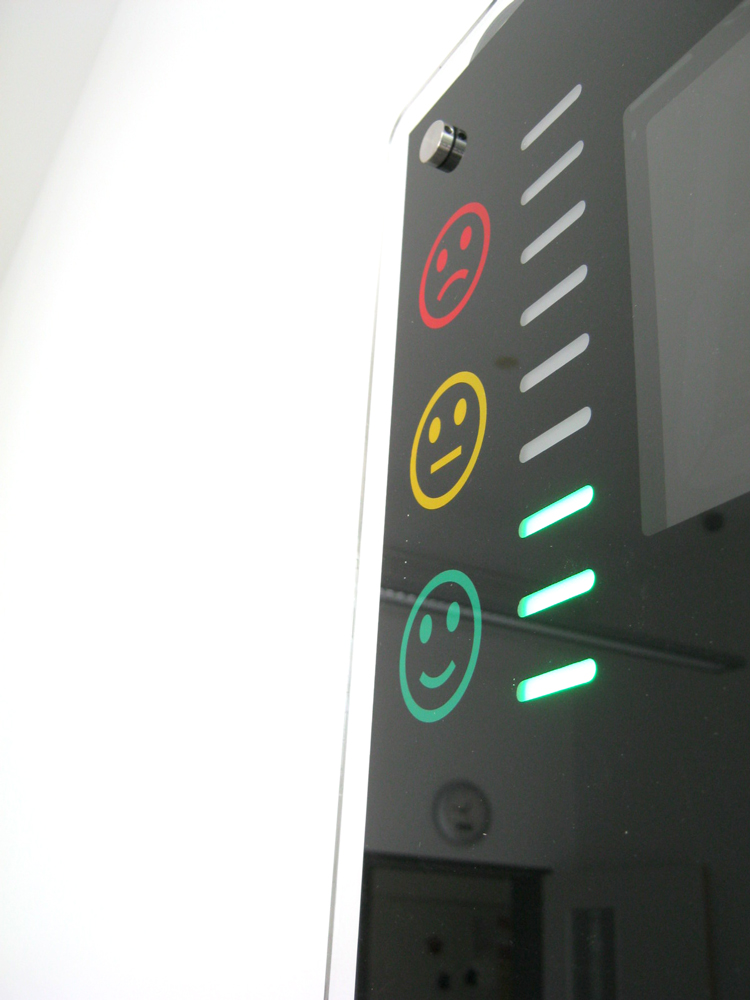The air quality indoors is usually no better than outdoors, so outdoor air quality can also have an impact on indoor air quality. In enclosed spaces, human activity or the room itself can increase air pollutants, and without frequent ventilation, the air can quickly become no longer "fresh". If there are many people in a room, it needs to be ventilated more frequently. You can use the CO2 calculator to estimate how often you should ventilate. The so-called CO2 “traffic light” shows the amount of CO2 in the indoor air in an easy-to-understand way and can thus help you to ventilate regularly.
It also makes sense to increase ventilation in newly renovated homes, new buildings or after purchasing new furniture, as emissions from the new materials can make the indoor air quality worse.

